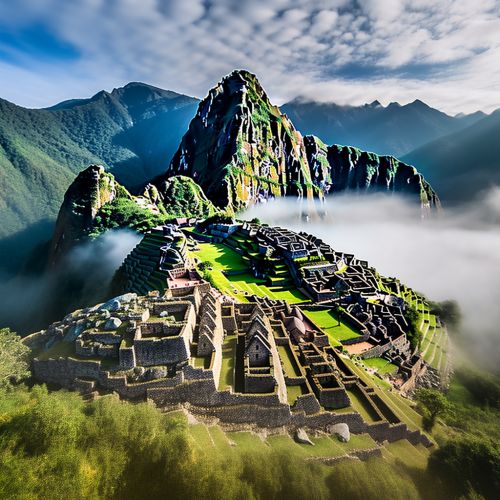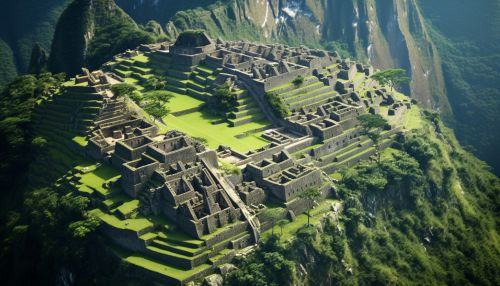Spanish conquest of the Inca Empire
Background
The Inca Empire, also known as Tawantinsuyu, was an empire located in South America from the 13th to the 16th century. Its territory spanned across the Andes, and included present-day Peru, Ecuador, Bolivia, and parts of Colombia, Argentina, and Chile. The empire was characterized by its sophisticated administrative system, monumental architecture, and advanced agricultural techniques.


Arrival of the Spanish
The Spanish, led by Francisco Pizarro, arrived in the Inca Empire in 1532. The Spanish were driven by a desire for wealth and the spread of Christianity. They were also motivated by the success of earlier conquests in the Americas, such as the Aztec Empire.
Capture of Atahualpa
The turning point of the Spanish conquest was the capture of the Inca ruler, Atahualpa. Atahualpa was taken prisoner during the Battle of Cajamarca in November 1532. The Spanish, despite being greatly outnumbered, managed to capture Atahualpa by surprise. In exchange for his release, Atahualpa offered to fill a room with gold and silver, a ransom which the Spanish accepted.
Fall of the Inca Empire
Despite fulfilling his promise, Atahualpa was executed by the Spanish in 1533. This marked the end of the Inca Empire's independent existence. The Spanish established the Viceroyalty of Peru and implemented their administrative, religious, and cultural systems.
Aftermath and Legacy
The Spanish conquest had profound effects on the region's indigenous population. Diseases brought by the Spanish, such as smallpox, decimated the Inca population. The Spanish also exploited the Inca's labor through the encomienda system. Despite these hardships, elements of Inca culture, such as Quechua language and certain agricultural practices, have survived to the present day.
